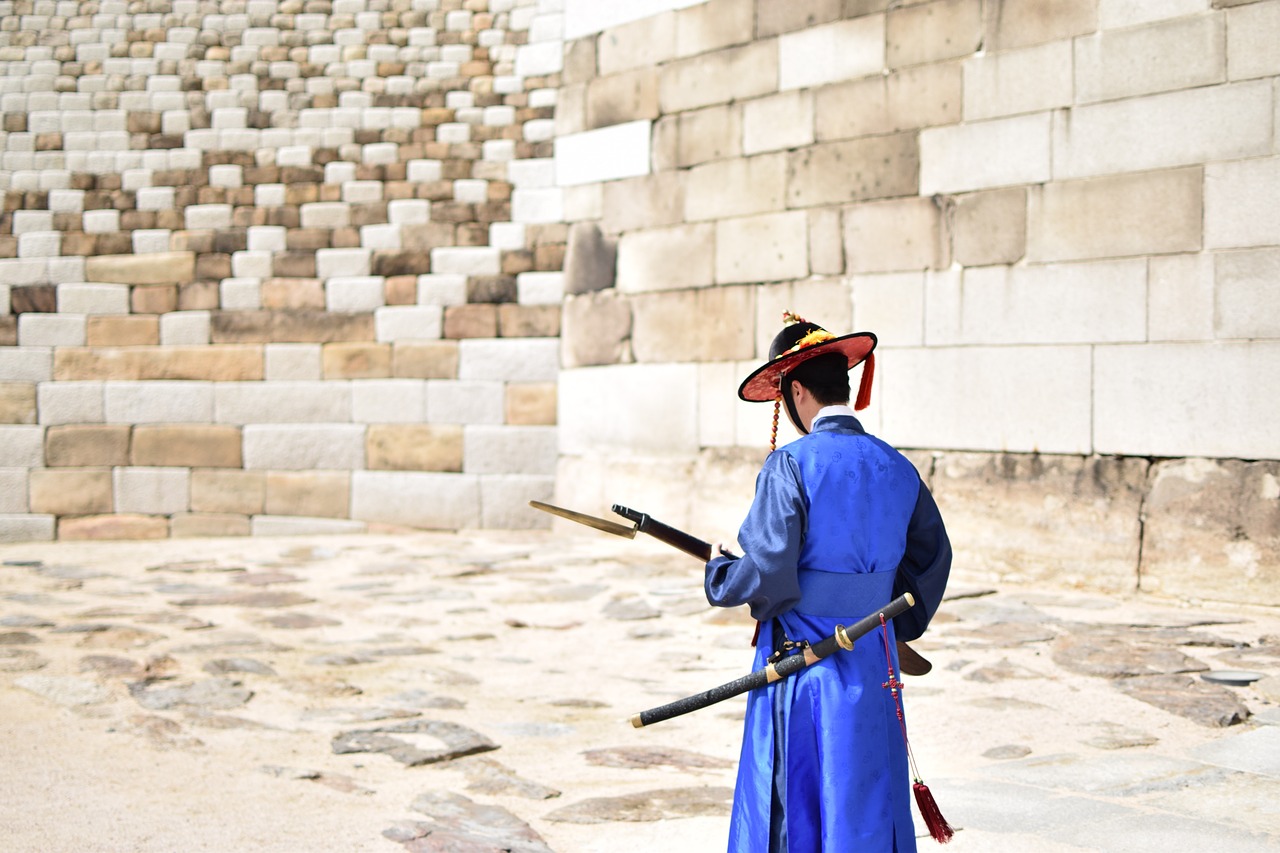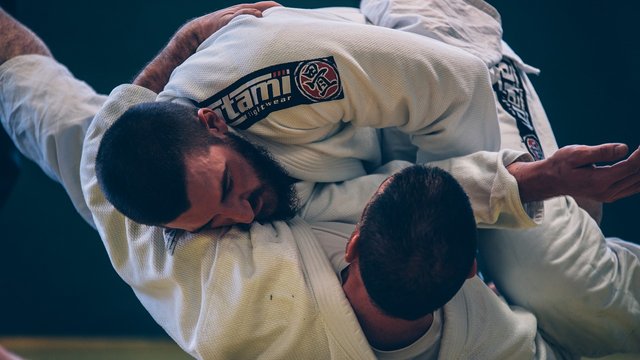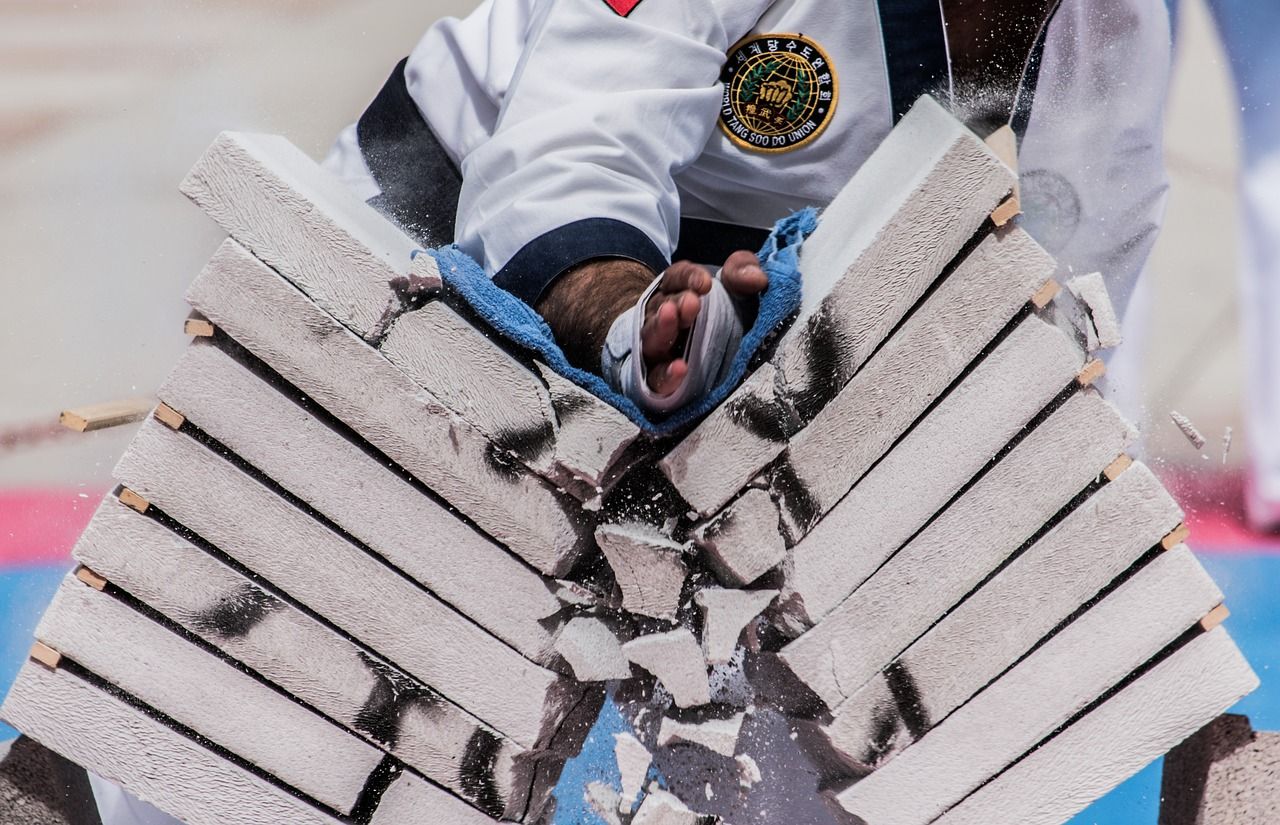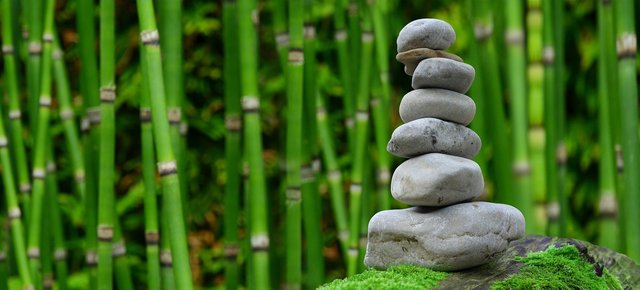
As a child I had a lot of exposure to martial arts.
I think that, maybe, the 80s and 90s were a golden age for martial arts in America. We had a lot of popular fiction about martial arts like Karate Kid and Ninja Turtles.
There was kind of a magical property to martial arts that attracted people at this time. You would see all sorts of people put on a gi and head to the dojo three to four evenings a week to give their best kiai.
My grandpa, in fact, ran a Judo dojo with a few other people when I was in grade school, and, of course, I attended. It’s kind of a family thing: besides my grandpa, my uncle is a master at several arts, and I have many cousins that have practiced over the years.
I even went to a Judo tournament as a kid and got a second place trophy, so that’s kind of cool.
Once I got into highschool, my interested in martial arts truly piqued.
During my highschool years I acquired a blackbelt in Shotokan Karate, trained in Goshin Jitsu and Iaidō, and even got certified to teach kickboxing.
Being a martial artist was a very strong part of my personality. I loved the physical exertion and the level of mental and emotional concentration it took. I loved the culture and traditional aspects, the focus on respect, discipline, and self-development. Martial arts taught me how to breath; it developed my moral code.
Martial arts also taught me not to be afraid of taking a hit. In fact, one of my favorite things was getting hit! I LOVED taking a punch or kick and fighting through the pain.
But as I grew up and took on other responsibilities, suddenly I didn’t have the time, money, or attention to spend on my favorite practice. So it slowly became less of who I was as I developed into an adult.
Well, I’m now in my 30s, and I really want to get back into martial arts again. And even though I’m sure I won’t have to time to do as much as I would like, here are the two martial arts that I would study if I was able to get back into it.
Judo

As I mentioned, I have a history with this art.
Judo is probably the most underrated martial arts out there.
It is a martial art based primarily around throwing and grappling. An effective throw is called ippon, and in sport Judo, an ippon will win you the round. However, ground game is also emphasized as well as submissions. So it’s kind of like wrestling with a primary focus on throwing.
When people get into heated arguments about which martial art is superior, judo is often overlooked, despite the fact that it is one of the most proven martial arts in existence.
Judo, besides being a traditional Japanese martial art, is an olympic sport. This means it has a highly efficient practical application, and if you’ve ever watched olympic Judo (and know anything about what you’re looking at) you know the level of skill, precision, timing, and intelligence it takes to be a world class competitor.
Here are some highlights from the Ekaterinburg Grand Slam 2018, illustrating world-class judo technique:
And when it comes to Judo being an underrated martial arts: here is Roice Gracie, who at the time was considered one of the best martial artists in the world in the area of mixed martial arts (aka: practical combat sport), versus Judo gold medalist Hidehiko Yoshida:
One of the most important skills that Judo teaches, in my opinion, is how to fall.
Most people don’t think about it, but knowing how to fall is a very useful skill, not just in martial arts but in life generally. People get injured from falling all the time, and learning Judo can mitigate that risk by a very large degree.
Kyokushin Karate

Kyokushin is a stand up, full-contact style of Karate. "Kyokushin" is Japanese for "the ultimate truth." It is rooted in a philosophy of self-improvement, discipline and hard training.
The art focuses on developing a mental fearlessness, as being hit and experiencing pain is a part of daily training. The kumite is a practice where one person goes against multiple opponents in full-contact sparring, one after the other, with no rest, the goal being to simply get through to the end.
As I said before, I enjoy taking hits.
There’s something about it that is healthy, psychologically, I think. It teaches you that you’re not a precious snowflake, that you are capable of taking damage and dealing with it; and the more hits you take, the less afraid you are of taking hits, which is a vital mental aspect of being in a fight.
The techniques of Kyokushin are very diverse and designed for combat application; if you watch their tournaments, you will see what appear to be flamboyant, impractical flying kicks being used for mass effect. Matches are not done in a similar manner as normal sport Karate or TKD, where points are taken and contact is avoided; rather, Kyokushin matches are full-contact, and typically the match is over because one opponent is taken out.
A well-rounded approach in the Japanese tradition

I believe that the combination of these two arts would produce a very well-rounded fighting style, capable of handling any sort of attack with skill and confidence.
Also, I don’t know why but I have a strong preference for the Japanese martial art tradition. There’s something about the austerity, the uniforms, the ceremonial practices, that just appeals to my own personal sensibilities.
What do you think?

Are you now or have you ever been a martial artist? If so, what did/do you study?
What’s your opinion on martial arts generally?
Let me know in the comments.
Images from https://pixabay.com
I took up kali 6 years ago when I was 40. I took my son who was 18 at the time. We had private lessons together. First and foremost it taught us how to defend ourselves and others should the need arise. The other benefits such as discipline, confidence, concentration and fitness are a bonus. We also get to spend time together when we practice. I differ when it comes to the uniforms and ceremonial practices. It's the kind of thing I run away from so kali fitted the bill for me. No competitions of uniforms. It was just us in our ordinary clothes training in a garage. It felt right as it was real worldly. There were no rules too. In fact things such as eye gouging, biting, throat attacks etc were positively encouraged to mimic real life scenarios. Another reason I chose kali was because, like most filipino men, I'm 5'7" and about 65kg. Being as small as me, the dirty tricks become more valuable in a life threatening scenario. I was taught that my most important weapon is my brain and that the best type of fight is the one that you've managed to avoid.
Downvoting a post can decrease pending rewards and make it less visible. Common reasons:
Submit
That's great! I'm glad kali had such a beneficial impact on you and your son.
Downvoting a post can decrease pending rewards and make it less visible. Common reasons:
Submit
Waao, me gusto mucho tu post, me gustaria que pudieras ver mis dibujo en mi Blog.

Downvoting a post can decrease pending rewards and make it less visible. Common reasons:
Submit